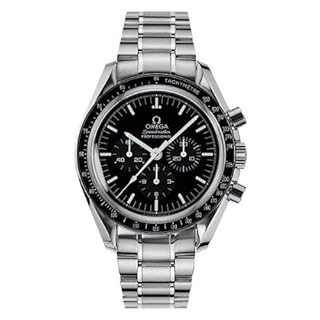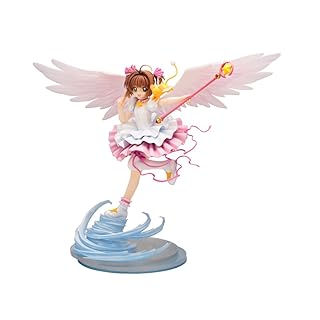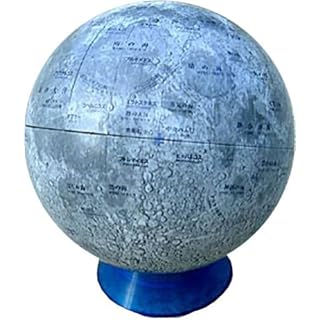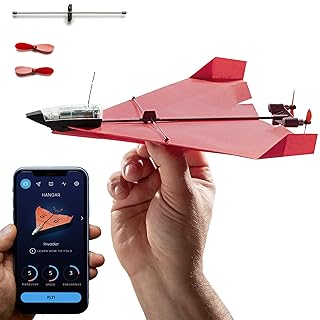Chronology of rocket development

SF/fantasy writer. "De la Terre a la Lune"("From The Earth to the Moon") written in 1865 was a historic book demarcate conventional illusion-promoting Moon trip fables. Three manned spacecraft is launched by huge cannon, and fly by the earth escape velocity. And moon visitors experience zero gravity in the spacecraft. He put hot knowledges of science back then into the book. And in this book, conception of spacecraft in vacuum was expressed for the first time. Many reader had a longing for the Moon travel with this book.
And in the reades, scientist who leave a great impression of his foot in rocket development are included.

He get interested in science from a young age. He was affected by "From The Earth to the Moon", and age of 20th, he start investigate theory of space travle in independent study. Then he find that the rocket using counteraction is only vehicle we can use in the vacuum space. In 1898 submitted his now famous article "The Investigation of Outer Space by Means of Reaction Apparatus," to the editors of Science Survey. The article, however, was not published until 1903. The report suggested the use of liquid propellants for rockets in order to achieve greater range. Tsiolkovsky stated that the speed and range of a rocket were limited by the exhaust velocity of escaping gases. This is his famous Formula of Rocket.
"The Earth is the cradle of the mind, but we cannot live forever in a cradle" his word in 1911.

He got involved with SF stories like "From The Earth to the Moon" from childhood. And he start to study rocket engineering at seventeen. He did not know about Tsiolkovsky's work. He reached to liquid fuel rocket uniquely. He got budget from Defense Force at First World War, then deliver article of rocket theory in 1919. And at last, he made a go of the flight of First liquid fuel rocket for 2.5 seconds in 1926. Aafterward he got fonds from Charles Augustus Lindbergh, he developed almost of modern rocket's basic technology, like gyroscope e.t.c, he was called 'the father of modern rocket'.
Whereafter, U.S. government paid stupendous patent fee to his widow for Apollo project.

In his childhood, he read "From The Earth to the Moon" many time, so he catenated it. He studied physics specially. And in 1923, he brought out 92 pages article, "Die Rakete zu den Planetenraumen" ( "The Rocket into Planetary Space" ). Then 429 pages long version were published in 1929, it became very popular. In 1927, world first "Space Travel Association(Verein fuer Raumschiffahrt:VfR)" was established at Germany by fan group of the article. He take a part of technical adviser of the German movie "Girl in the Moon”by Fritz Lang. Many peoples felt the moon travel in their backyard via this movie.

He acquired aeronautical engineering from Андрей Николаевич Туполев(Andrei Nikolaevich Tupolev)(1888-1972). Then after WW2, he investigated Peenemunde as the leader of the U.S.S.R. counterintelligence corps. His team imbibed V-2 technology from German engineer. And at last they success to launch world first artificial satellite the Cпутник(Sputnik). After that, he had been a central character of U.S.S.R. space develop projects like Восток(Vostok), СОЮЗ(Soyuz), N-1 rocket. But he died at 59 years old and N-1 did not fly to the moon.

He was impressed by Oberth's "The Rocket into Planetary Space" in his middle school. and he assisted Space Travel Association(Verein fuer Raumschiffahrt:VfR) since the inception, gave him up to rocket research with Oberth. After that, he supervised more than 5000 engineers at Peenemunde : secret base of Nazi. He brought to completion of A-4 : world's biggest ballistic missile. It was renamed as V-2 by Hitler, and used to aerial attack to London.
After WW2, he surrenderd to U.S.A. with his engineers, documents, parts. And other engineers went to U.S.S.R.
In U.S.A. he developed Redstone, Jupiter, Juno rocket at Redstone Arsenal Huntsville Alabama. And he became first general manager of NASA Marshall Space Flight Center, then developed Saturn rocket. He lead Apollo project toward complete success.

















